President Trump has already dropped the first hammer on Harvard. He’s ready to drop the whole tool chest on a whole slew of universities – and it won’t be pretty. Outraged Democrats will call the punishing sanctions authoritarian, even fascist, and well beyond the authority of a constitutional officer. Republicans will back the president, saying universities had plenty of chances to correct their serious problems and did nothing.
Some threatened sanctions are readily defensible, such as demanding better protection for Jewish students and eliminating discrimination in admissions, hiring and promotion. Some are not, such as demanding intrusive federal oversight of course content and departmental hiring. All Trump’s actions will be challenged in court. The most important will reach the highest court.
The president has enormous leverage grounded in higher education’s reliance on federal dollars. In Harvard’s case, that’s some $9 billion annually from Washington, despite the university’s $53 billion endowment.
What were once private institutions, like Harvard, are now effectively public-private partnerships. That’s true all across the country – and it’s true of many charities, as well. All of them have gradually, quietly transformed, with little attention from the public, the press or even their own leaders. Tempted by a shower of federal funds, most were coaxed, not coerced. The result? These institutions have lost their once-vaunted autonomy. That’s what universities are finally realizing, to their horror.
Why were they asleep at the wheel? Because the losses were gradual and because they weren’t a problem as long as the financial spigot was controlled by politicians and bureaucrats who shared the universities’ ideology and policy aims. That’s changed now that Trump has taken over the Executive Branch and Republicans hold majorities in the House and Senate.
It’s not just that Republicans are trying to exert more control over universities. It’s also that they are using this control to advance policies abhorrent to progressive institutions.
This clash of aims has made the federal government’s controlling hand much more visible. It was always there, but it was hidden as long as university administrators and faculty saw Washington primarily as a friendly and generous benefactor. With Trump, that’s changed.
The President’s financial leverage is backed by strong political support among his base. Harvard, Yale and Princeton are not exactly beloved in the Heartland. To populist voters, elite universities appear entitled and condescending. They’re not wrong. As any Harvard professor would gladly explain to a MAGA voter, “Condescending means to talk down to someone.” (Credit to the great Bob Newhart for that line.)
The brewing battle between Harvard and the Trump administration is almost certain to spread to other universities, especially wealthy ones with the resources to push back. Smaller, less prosperous schools will be hard-pressed to sustain any legal challenges. But the Ivies, Stanford, Northwestern and a few others can bear the pain, at least temporarily, as they fight for what they consider fundamental values in higher education and against government intrusion in their teaching and research.
The headlines have focused on Trump’s pause of federal funding for Harvard, Princeton, Northwestern and Cornell and the investigations now launched into those institutions. Last week, for instance, Secretary of Homeland Security Kristi Noem announced the pause of some $2.7 billion to Harvard. Yesterday, the Wall Street Journal reported the Trump administration will halt another $1 billion for health research at Harvard. The university could lose as much as $5 billion more from other federal agencies. A few other schools were hurt when Trump closed USAID. Johns Hopkins lost some $800 million when those funds were canceled.
Expect more major universities to be hit with these harsh financial blows as the fight continues. You can also expect other prominent schools to join the resistance led by Harvard.
Federal courts, and ultimately the Supreme Court, will be called on to referee this fight. They need to settle two fundamental issues. First, are universities breaking the law? Are they failing to protect Jewish students, for instance? Are they still discriminating in admissions and hiring? Do these violations apply to some universities and not others? Who makes that determination? Second, assuming the courts do find violations at some universities, does that give the Executive Branch the unilateral right to cut federal funds for those institutions? Or does the Trump administration need to follow some specific procedures or seek congressional authorization?
The public and the media have focused, understandably, on the Trump administration’s proposed cuts to university research funding. But Trump has several more hammers in his toolbox. Some are sledgehammers.
The Supreme Court gave him one when it ruled the admissions policies at Harvard and the University of North Carolina were discriminatory – and hence illegal. That ruling applies to all universities, public and private, and goes to the heart of their once-omnipresent DEI programs. Some universities have complied with the SCOTUS ruling by scrapping those programs. Others have evaded it, hiding their DEI initiatives under new names.
Meanwhile, President Trump is reaching for still more hammers. Those deserve a lot more attention. They are certainly getting a lot from university presidents, treasurers and boards of trustees, as well as scientists whose research depends on federal grants.
What are these additional hammers?
First, the Trump administration can dramatically change how federal grants are divvied up after they are awarded. Every grant includes two main pots of money. Some goes to the researcher, who will conduct the studies; some goes to the university, which will pay for “overhead” such as lab space. Surprisingly, the overhead charges can be larger than the research budget. Trump will almost certainly limit these overhead charges.
Take a hypothetical $1 million grant for cancer research. How much will go to the researcher? Not the full $1 million because the university has a legitimate reason to charge for providing the lab space, offices, electricity and so on. The question is, “How much is reasonable?” At Harvard, the university administration takes almost $700,000 out of that million, leaving only a little over $300,000 for actual research.
The Trump administration wants to limit that overhead charge and is likely to impose a 15 percent cap. That cap will sit on the severed head of budgets at all research universities. That’s true even if overall federal grant money is not cut, which could also happen.
Second, the Trump administration could squeeze university budgets by limiting the large numbers of foreign students who come to the US and generally pay full tuition. There were 1.1 million such students in 2023-24, the last year for which official records are available. About half come from China and India.
The largest enrollments are at NYU, Columbia and Northeastern University. At NYU, for instance, foreign student enrollment has increased by 250 percent over the past decade. NYU’s increase is unusually high, but nearly all universities were seeing some increase, at least until Trump took office.
Put simply, these students are cash cows. Limiting their numbers would strike directly at university bottom lines, even if the limits were imposed only on students from a few countries, notably China.
Third, the Trump administration could revamp the nation’s massive student loan programs, which have supported tuition increases well above inflation rates for decades. Changes in these programs could hit university finances in two ways, first by lowering overall funding (if the loan programs are scaled back) and second by requiring universities to share the risks of default. Currently, universities don’t pay a price if students can’t repay their loans. Trump could try to change that.
If universities could lose money on defaults, they would need to decide whether to underwrite all students or only the best risks. Consider, for a moment, a faculty meeting after a university president decided it might be better to make loans to students majoring in business, economics, or molecular biology than in gender studies. That would be a career-ending decision as the faculty meeting ended amid cries of misogyny.
But treating all majors the same way carries its own risks… financial risks. Universities could be forced to bear some of them if the Trump administration demanded they participate in loans to their students. University administrators could only hope the defaults would later, on their successors’ watch, just like the politicians who kick the can down the road on social security’s looming insolvency.
Fourth, the Trump administration is already cutting funds for the Cold War era programs designed to create and fund university centers for regional studies. Originally formed by the National Defense Education Act of 1958, the centers initially focused on the Soviet Union, Eastern Europe, Africa, South Asia, China, Latin America and the Middle East. The rationale was squarely grounded in national security. The US simply didn’t have enough experts in vital areas. It lacked scholars who knew the languages, customs and politics – and the centers were designed to create them. The funding has been extended repeatedly.
The national-security rationale made a lot of sense in the 1950s and 1960s, when there were few such experts, lots of new nations after decolonization and intense global rivalry with the Soviet Union. That rationale is far less compelling today. The first three reasons are obvious. There are plenty of competent professionals today, the Soviet Union is dead and buried – and the US budget deficit is unsustainable. The implication is straightforward. If universities think these centers are truly valuable, they should bear the costs themselves, just as they do for the English Department. The fourth reason is frankly ideological. On campus after campus, Centers for Middle East, in particular, have been hotbeds of virulent anti-Israel hatred, fueled by both faculty and foreign students. Those centers (and related departments of Middle Eastern Studies) occasionally hire some Jewish faculty, but never those who support a strong Israel or US support for the Jewish state. It’s an open, long-running scandal on campus after campus, and university leaders have done nothing to deal with it.
It’s not hard to understand the Trump administration’s response, “Why should taxpayers fund this crud?” Or, less defensibly, if we do continue funding these centers, then we must supervise them closely to see what they are teaching and writing. It’s unclear how universities would choose between their lust for money and their loathing for oversight. (My guess is that the faculty would never permit intensive federal oversight of classroom content. Neither will the courts.)
Fifth, the Trump administration could deal a truly devastating blow to some universities by eliminating their tax-exempt status. The rationale would be that those institutions have repeatedly violated federal Civil Rights laws, which require them to ensure equal, non-discriminatory treatment for all students and faculty and to protect them from violence, harassment and intimidation. On many campuses, they have failed.
Could the Trump administration remove that tax-exempt status? Well, they could certainly try, and then let the Supreme Court decide. They would likely be rebuffed by lower courts with a more progressive bent, like those in DC and Massachusetts, but the issue would ultimately be one for the Supreme Court.
Removing a university’s tax-exempt status might seem unprecedented, but it’s not. In 1983, the High Court ruled the president can do exactly that, in some circumstances. The loser was a small Christian school in South Carolina. To quote from the 1983 SCOTUS decision in Bob Jones University v. United States,“Bob Jones University, while permitting unmarried Negroes to enroll as students, denies admission to applicants engaged in an interracial marriage or known to advocate interracial marriage or dating. Because of this admissions policy, the IRS revoked the University’s tax-exempt status.” (The university believed the Bible mandated its policies.) The Court then explained its constitutional reasoning, “Entitlement to tax exemption depends on meeting certain common law standards of charity – namely, that an institution seeking tax-exempt status must serve a public purpose and not be contrary to established public policy.” That ruling did not require the IRS to seek congressional approval for its actions.
Assuming this precedent stands and the IRS does try to remove tax exemptions, the crux of the issue before the Supreme Court would be whether Harvard, Princeton and other universities were acting in ways “contrary to established public policy.” If a majority of justices found that they were, those schools would lose their exemptions, a crushing financial blow.
Whether that decision would also harm the schools’ reputations and their private fundraising would depend on the views of donors, parents, legislators and various media outlets. It’s not hard to predict their sharply divided views in our ideologically riven polity.
The point here is not that the Trump administration will use all these hammers. The point is that they have them – and they might use them. The administration will undoubtedly reach for some amid this deepening conflict with our nation’s most prominent universities. The fact that Trump began with Harvard, not Bupkis State Teachers College, is characteristic of his presidency. It shows he’s eager for a heavyweight fight. So, it seems, are the universities.



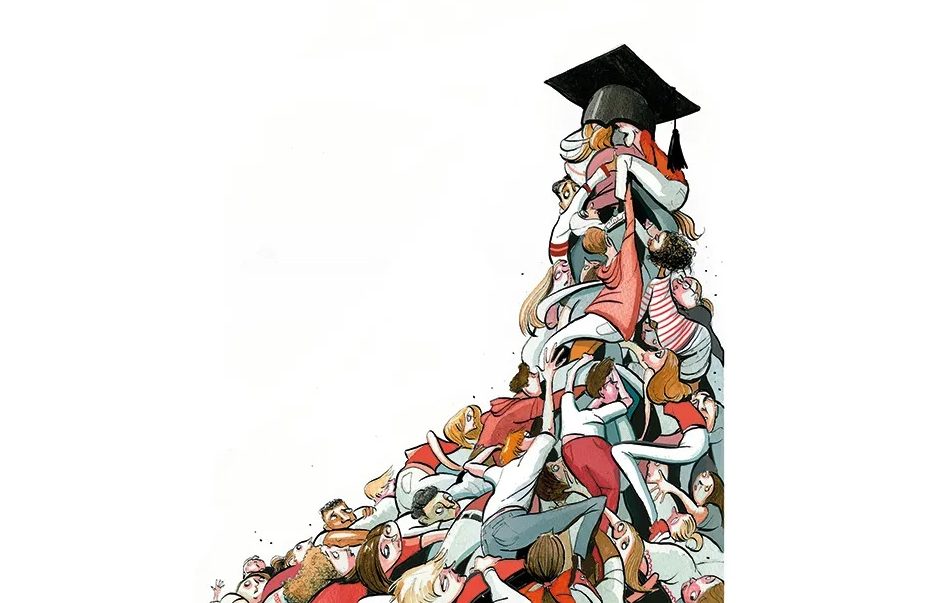






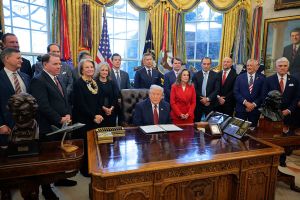





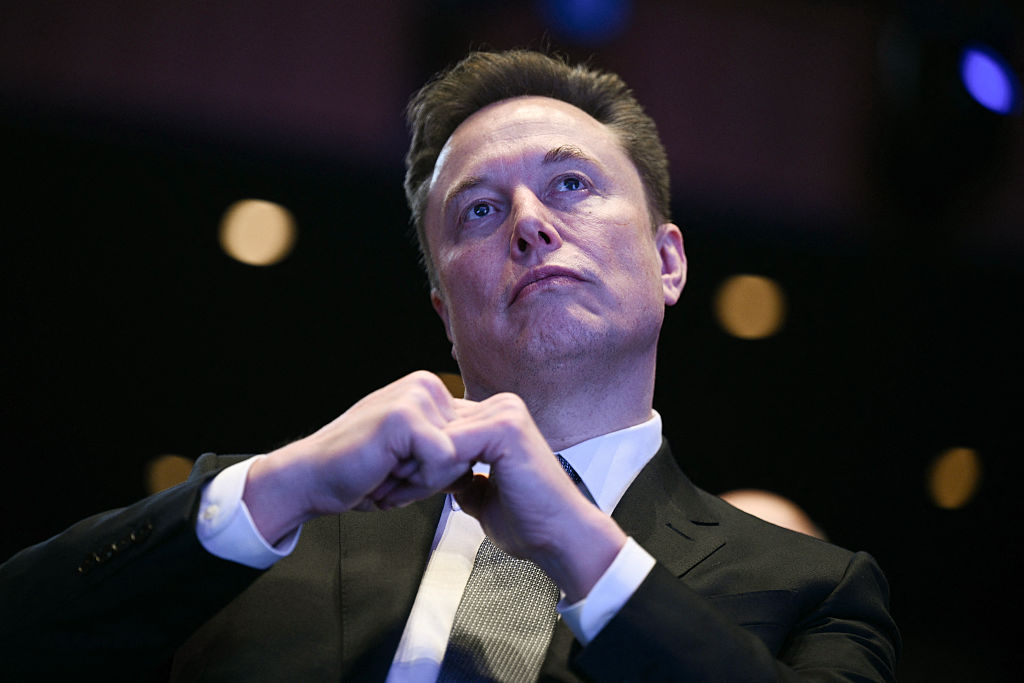
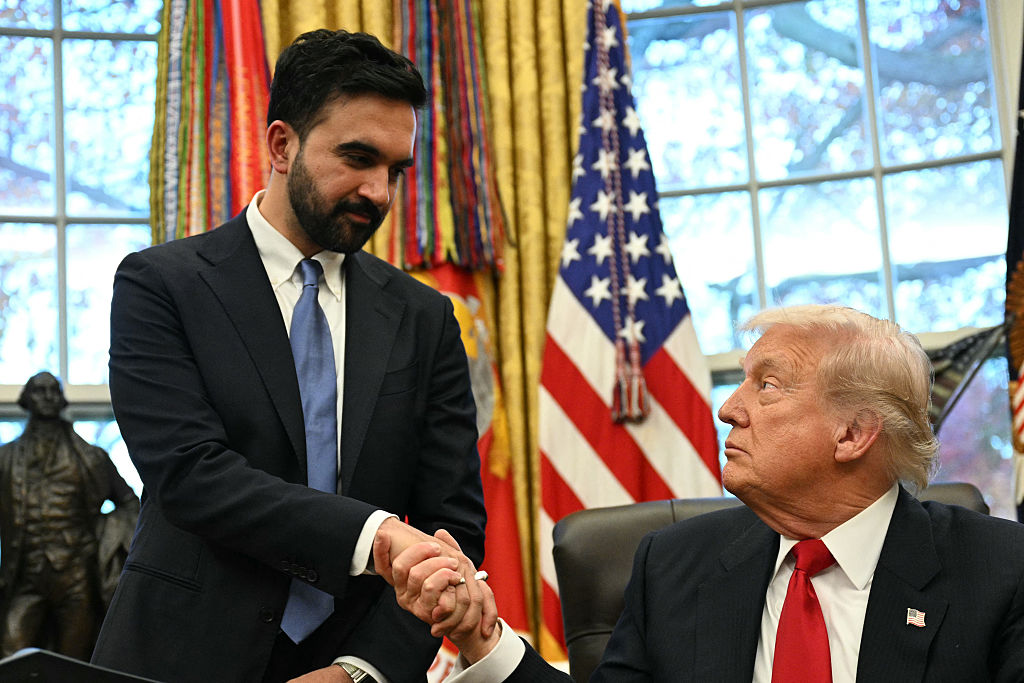
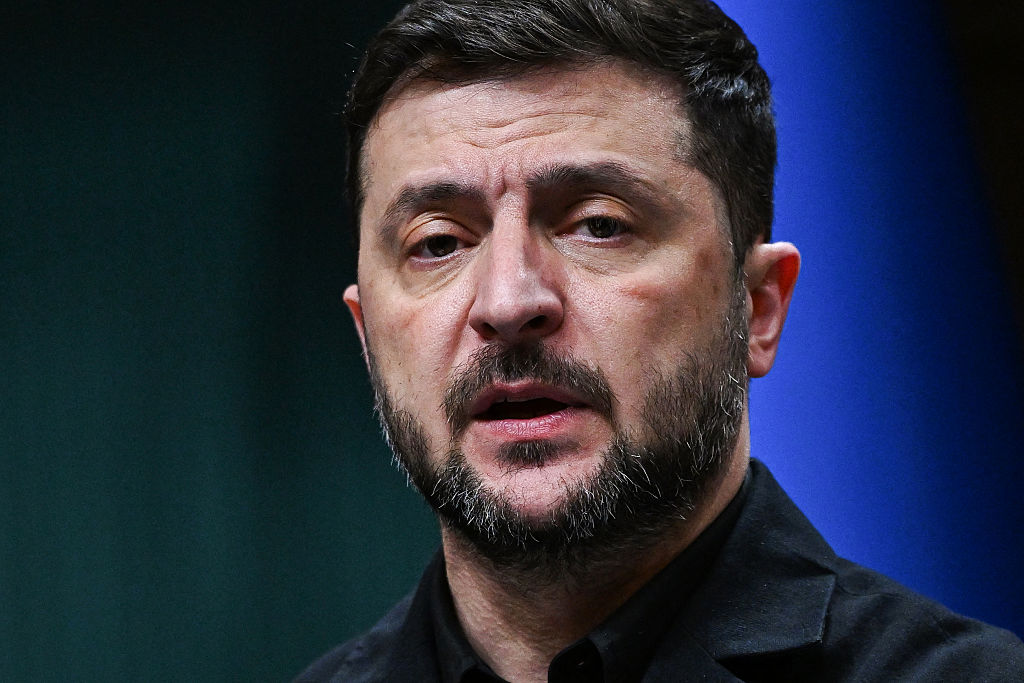

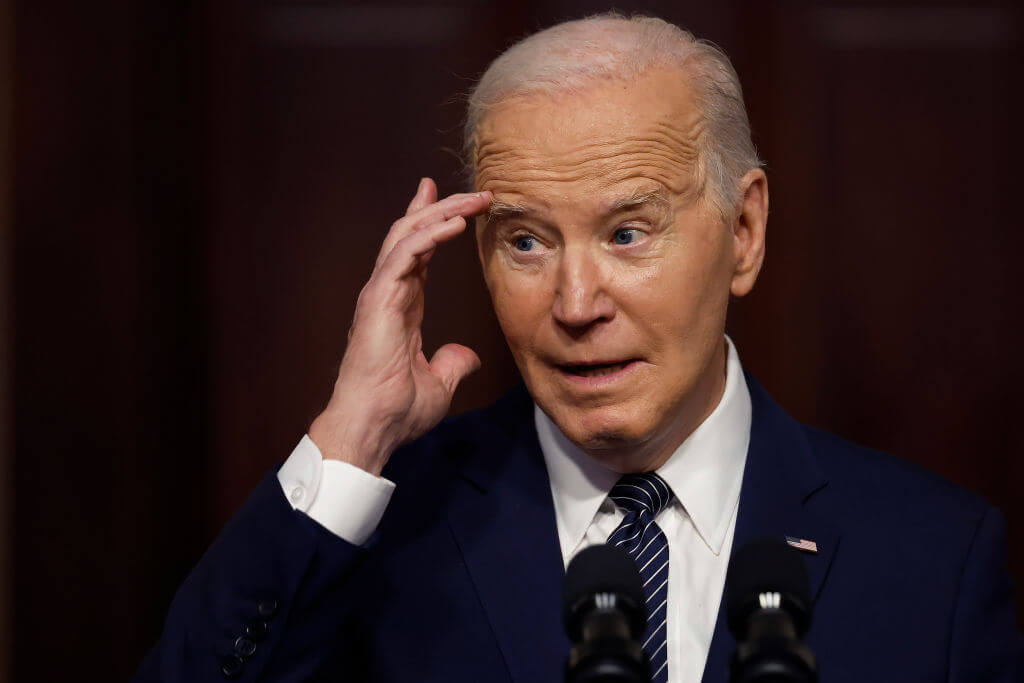



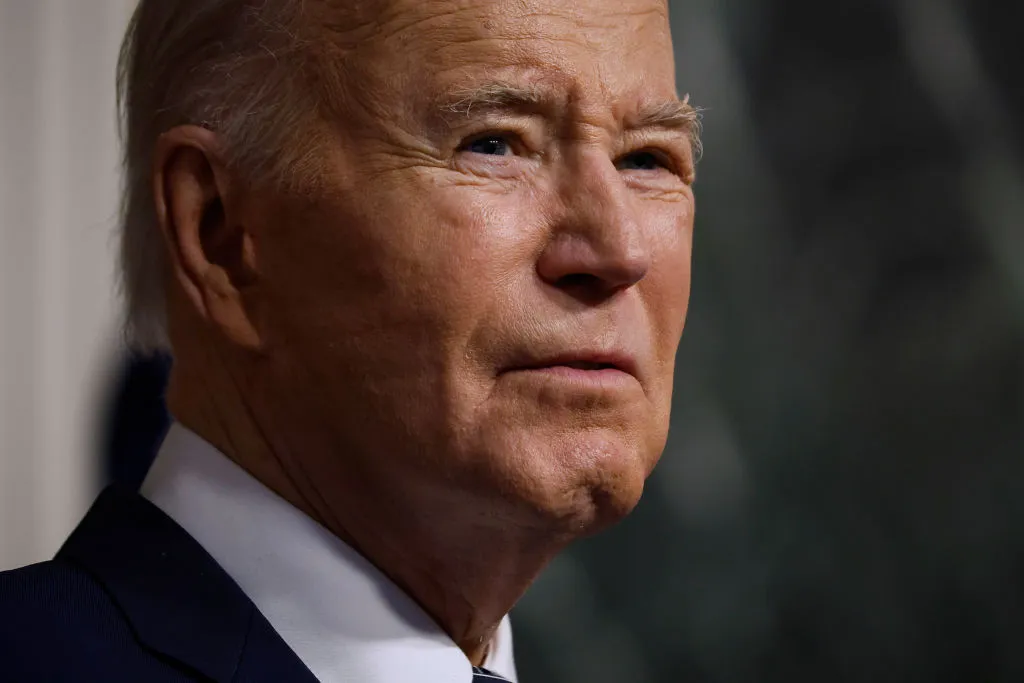

Leave a Reply